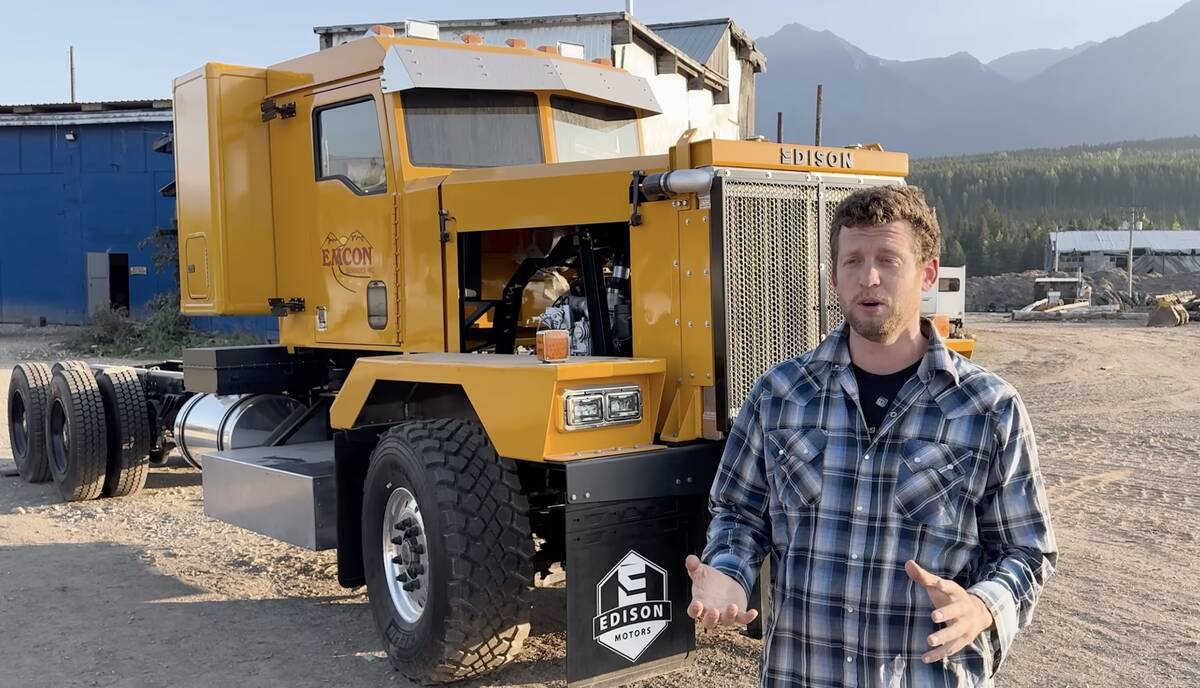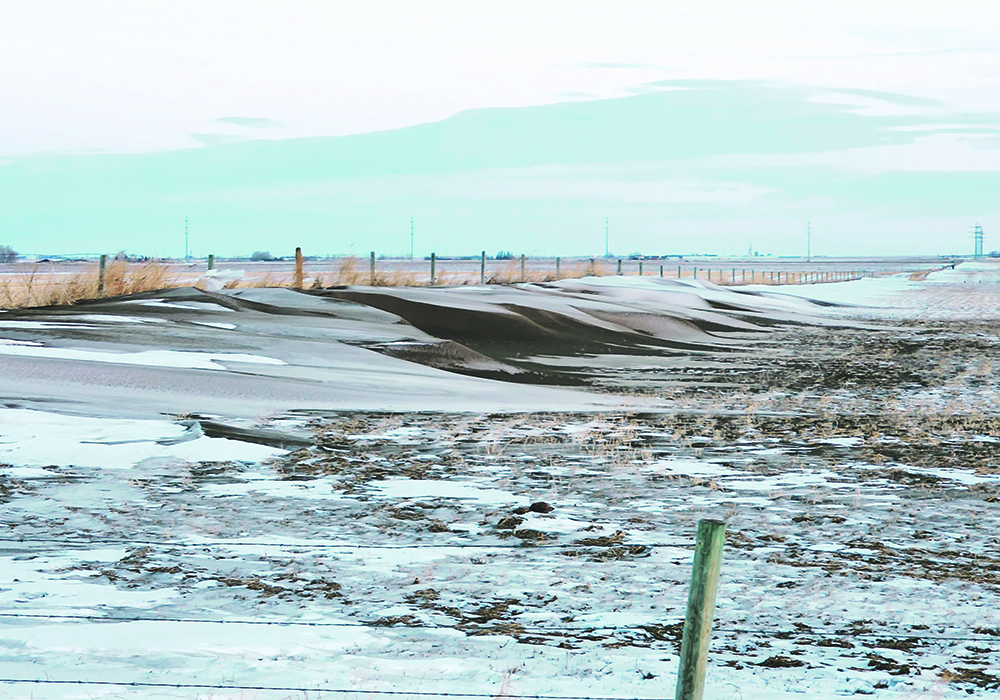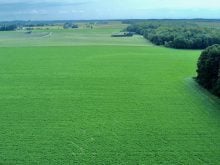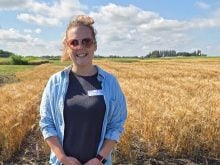Five-year research project will test practices that improve crop production systems in areas such as southern Alberta
Soil erosion caused by stronger winds and drier winters is becoming an increasing problem in southern Alberta on irrigated land, as well as for root crops, said an expert.
It is affecting some of the most expensive land in the province, with farmers permanently losing soil in a day that took hundreds, if not thousands, of years to build up, said Ken Coles, executive director of Farming Smarter. “I took pictures myself of fence lines completely covered, ditches completely filled up, so when it happens, it’s kind of a catastrophic event.”
Read Also

Gap in emission regulations hamstrings Canadian hybrid truck manufacturer
A B.C. company building hybrid engines for heavy trucks says they have the opportunity to build something leading edge in Canada, but our own laws are stopping them from doing it.
The producer-led organization recently launched the Saving Soils research project. The five-year initiative will test and promote practices that will boost the sustainability and productivity of crop production systems in areas such as southern Alberta.
The region contains nearly 1.8 million acres of irrigated land, said Coles.
“And I think the adoption of zero tillage has been much less there because moisture isn’t as limiting, and of course we have these root crops that actually require tillage, things like potatoes and sugar beets.”
It has made the soil more vulnerable to the region’s winds, which historically have been strong in the spring and fall due to weather systems, such as chinooks, he said. It is not uncommon for semi-trucks to be blown over on roads such as Highway 2 and Highway 22, with a peak gust of 145 km-h recorded in Taber in early 2021.
“But we’re getting these wind events that are just amazingly powerful that are toppling irrigation pivots over and blowing bins down and blowing round bales around and all that sort of stuff. So, it does seem like the intensity of our winds is increasing.”
Soil erosion has become a significant problem in the last five years, said Coles.
“It’s been identified as a major issue by the municipalities who have to physically go out there… and clean out ditches and irrigation canals.”
Drought and winds led to the Dirty Thirties, with severe dust storms causing major damage to prairie farmland in Canada and the United States. Coles said the current situation in southern Alberta isn’t as broad a problem, largely because dryland farmers have adopted practices, such as getting rid of fallow, along with tillage and more continuous cropping.
“But it is really the same effect, just on a smaller scale… The magnitude, and the cost of the land and everything, is pretty significant.”
Potential solutions in terms of farming practices include reducing tillage, particularly in the fall, said Coles. It makes the soil less vulnerable to wind erosion during dry winters when fields lack snow cover, he said.
Potato farmers are also starting to prepare and hill their land in spring rather than fall, said Coles. “Even though there’s a time management benefit to doing it in the fall, it’s just not worth the risk of losing the soil.”
However, it is harder to avoid soil erosion for potatoes and sugar beets because they must be dug out of the ground, he said. The region’s short growing season also means there isn’t enough time after potatoes are harvested to establish any kind of cover crop, said Coles.
“It’s even worse in sugar beets because they’re not harvested until October, so there’s essentially no growing season after you harvest sugar beets. There are some pretty significant challenges there in being able to manage soil erosion over the winter.
“We’re going to have to really be creative about either doing more strip management and leaving big barriers in between strips so that (the wind) doesn’t have enough space to get the velocity out … and it’s going to take some ingenuity to solve that problem.”
Other challenges faced by southern Alberta farmers include crops such as dry beans that leave little residue behind after harvesting that can protect the soil, or corn silage that involves wider rows that are more vulnerable to wind erosion, he said.
“And this is part of the project that we have is trying out a few different approaches to basically keep the ground covered and reduce tillage, and cover cropping options that can help protect the soil, but also to protect the spring plants,” said Coles.
“There are a few situations where we’re having damaging kind of sandblasting effects to plants in the spring when seeded into tilled lands. Seed canola in particular is a very sensitive crop at the cotyledon stage, and we’ll get spring winds and it’ll just basically shear off all of those little plants, so we’re trying to put some vegetative barriers in there — terminating cover crops a little bit later just to protect that seedling, and those types of approaches.”
Farmers have also taken out many shelterbelts that helped reduce soil erosion in southern Alberta, Coles said.
There may be an opportunity to encourage more shelterbelts in irrigated farmland, reducing soil erosion while promoting beneficial insects and biodiversity, he said. However, the practice also creates logistical challenges for farmers, not least because trees and shrubs require moisture, he added.
“It might be one that we need to look at for ways that aren’t going to encumber the production side of it because one of the big reasons some of these have been removed is that our farms have just grown in size, and the equipment doesn’t even fit in between them.”
















